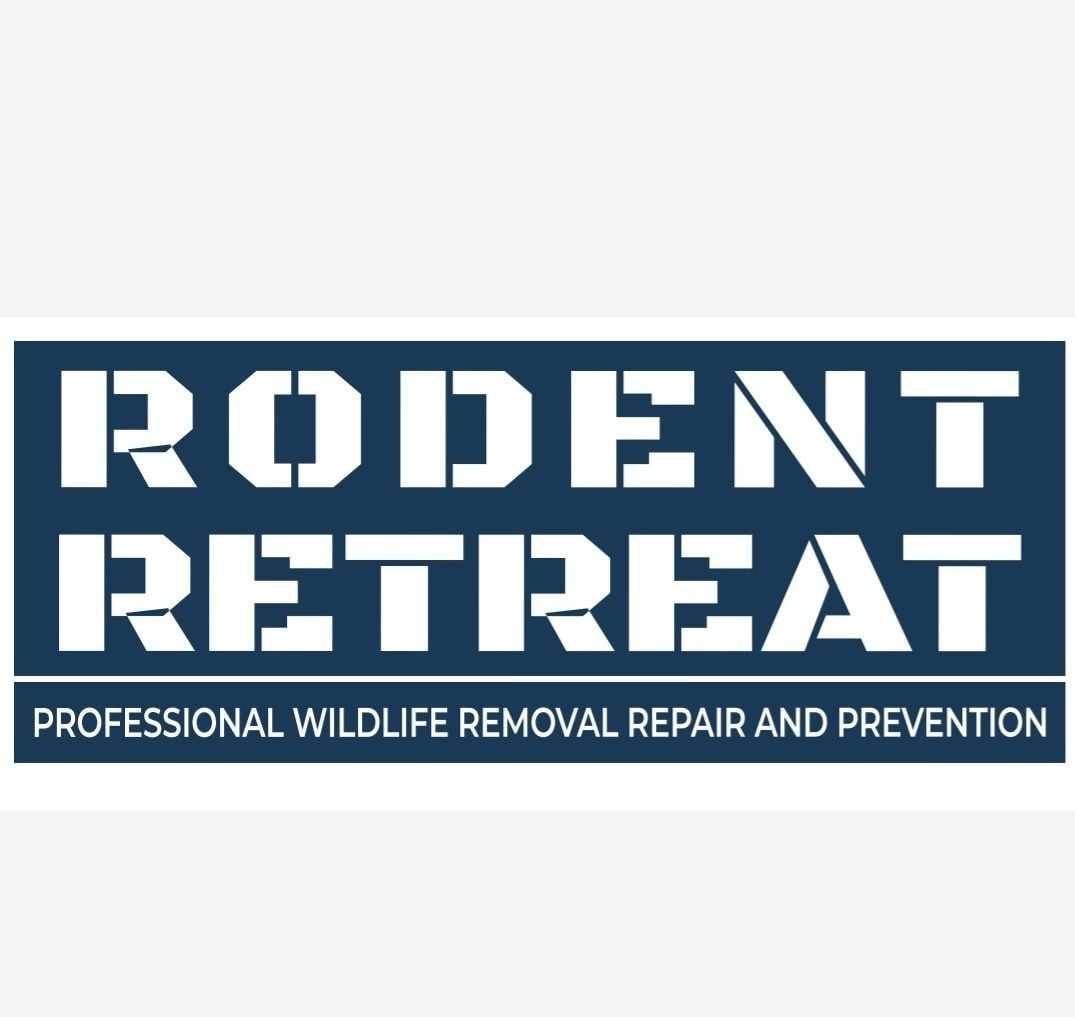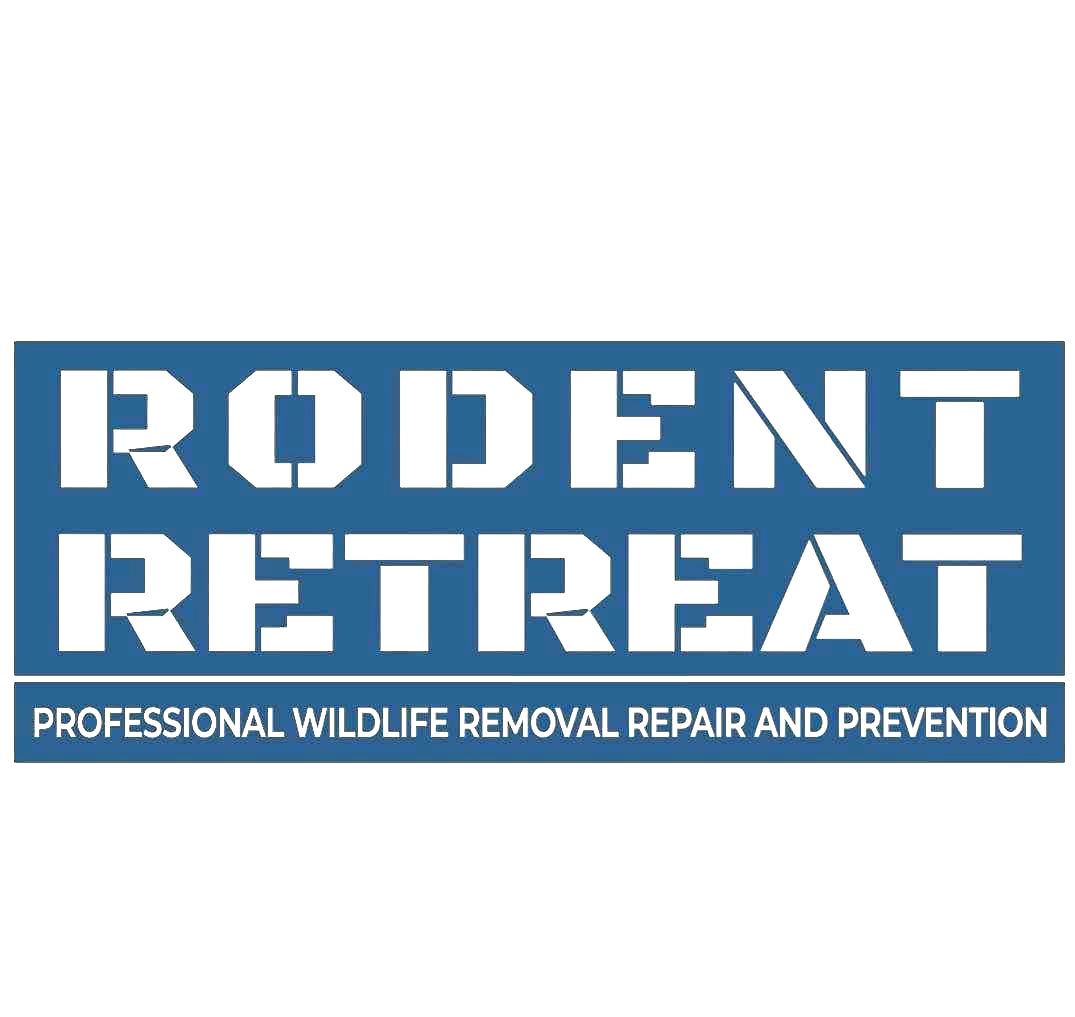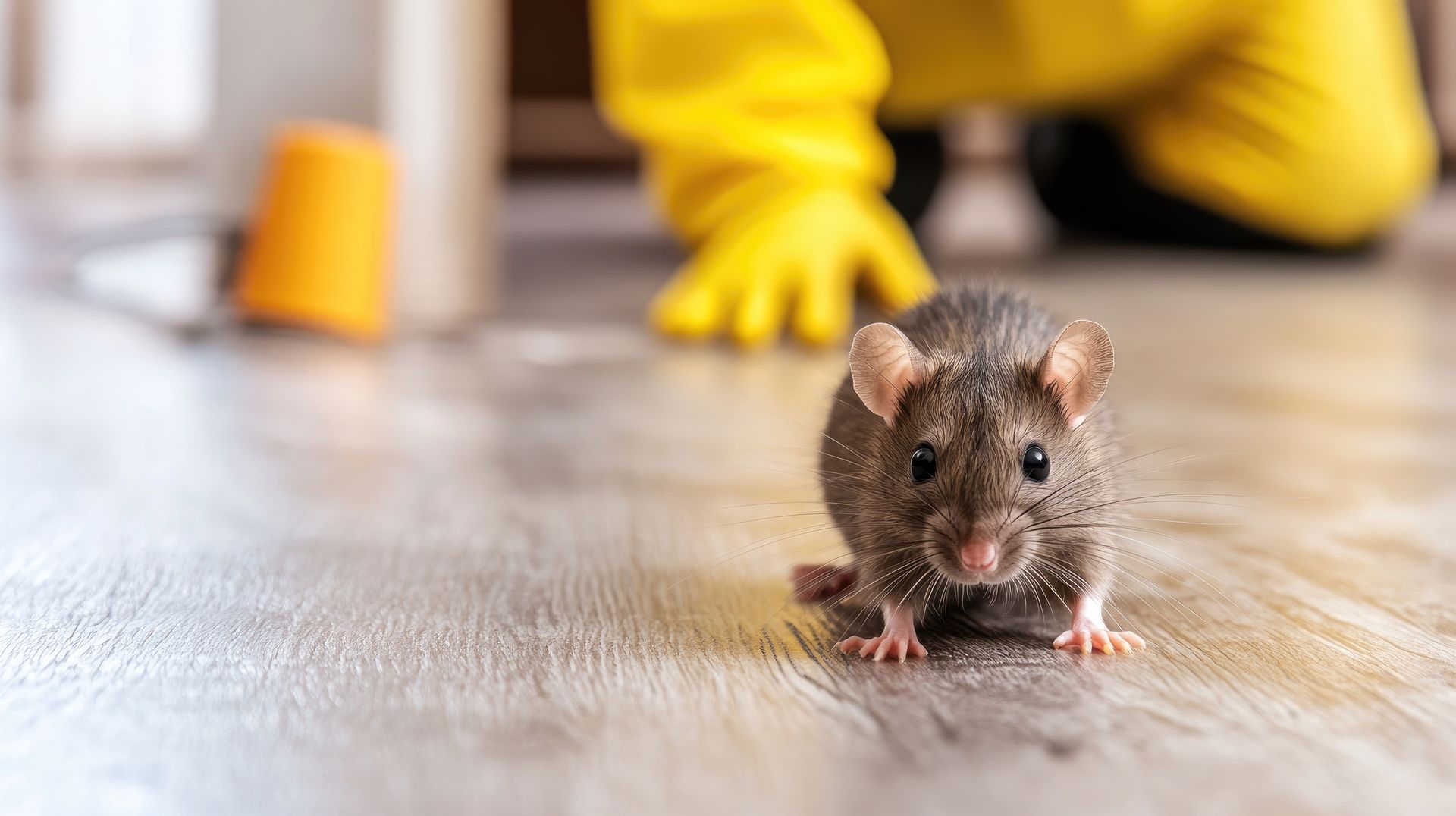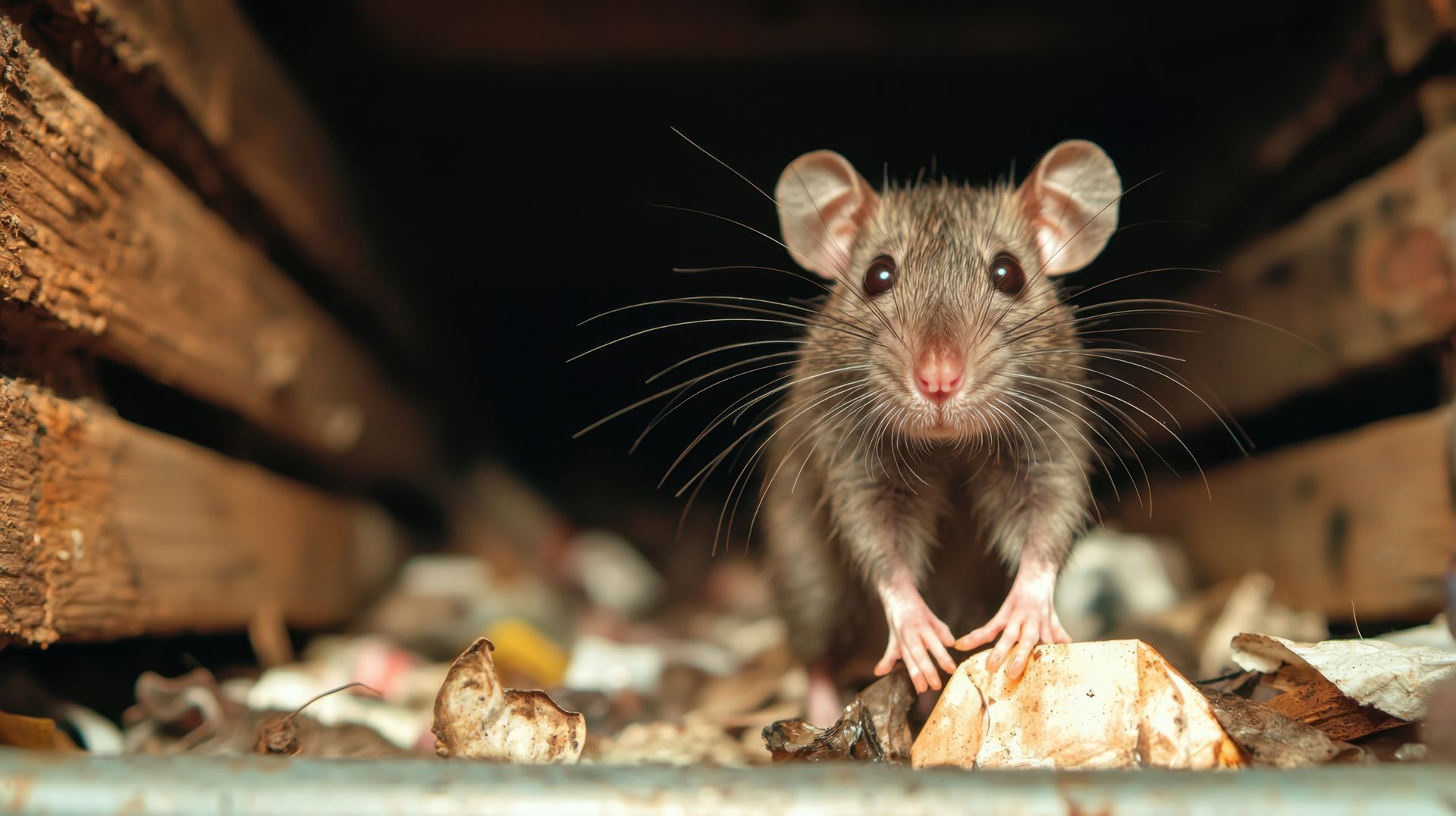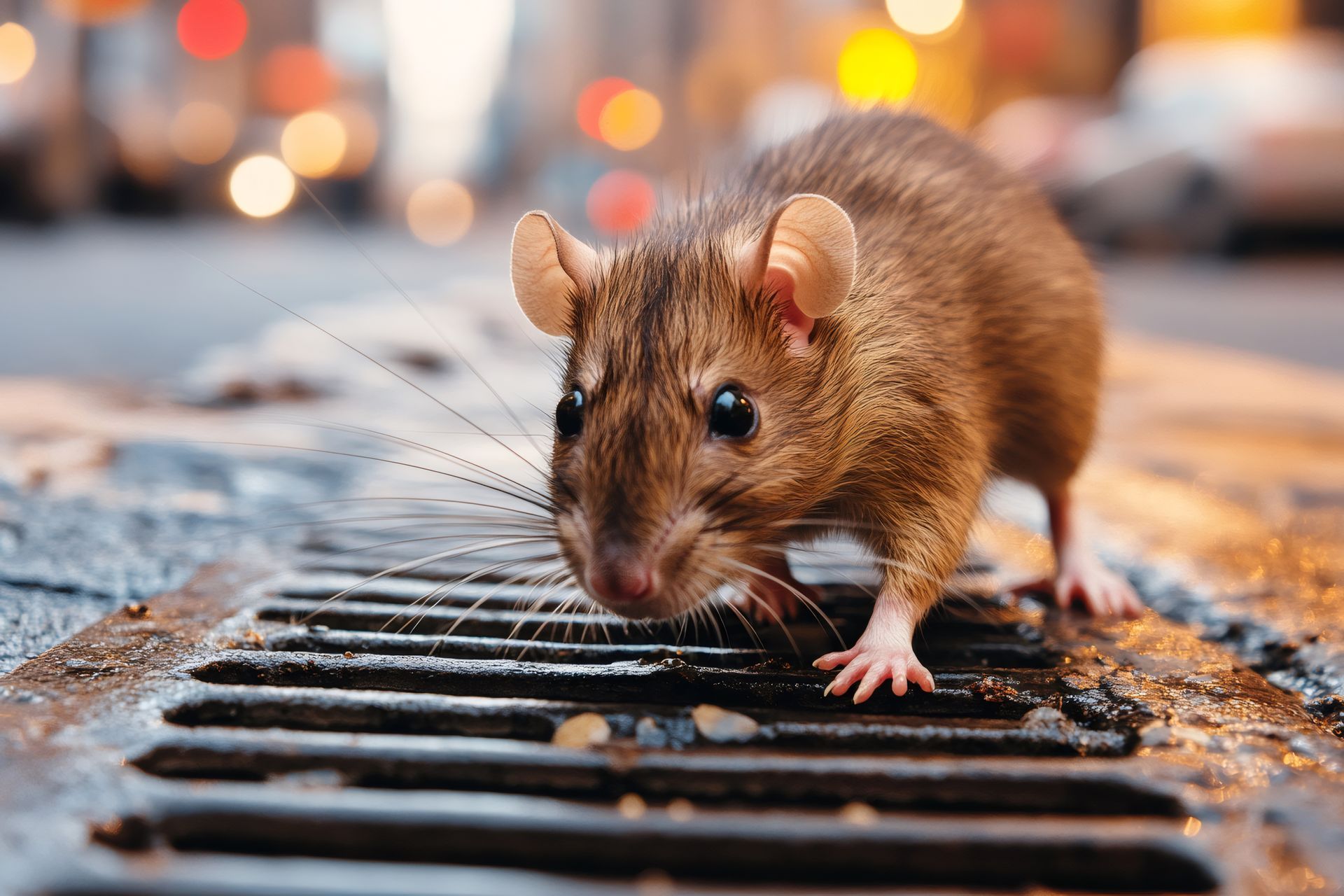Roof Rat Removal Service: Infestations In Natural Disasters
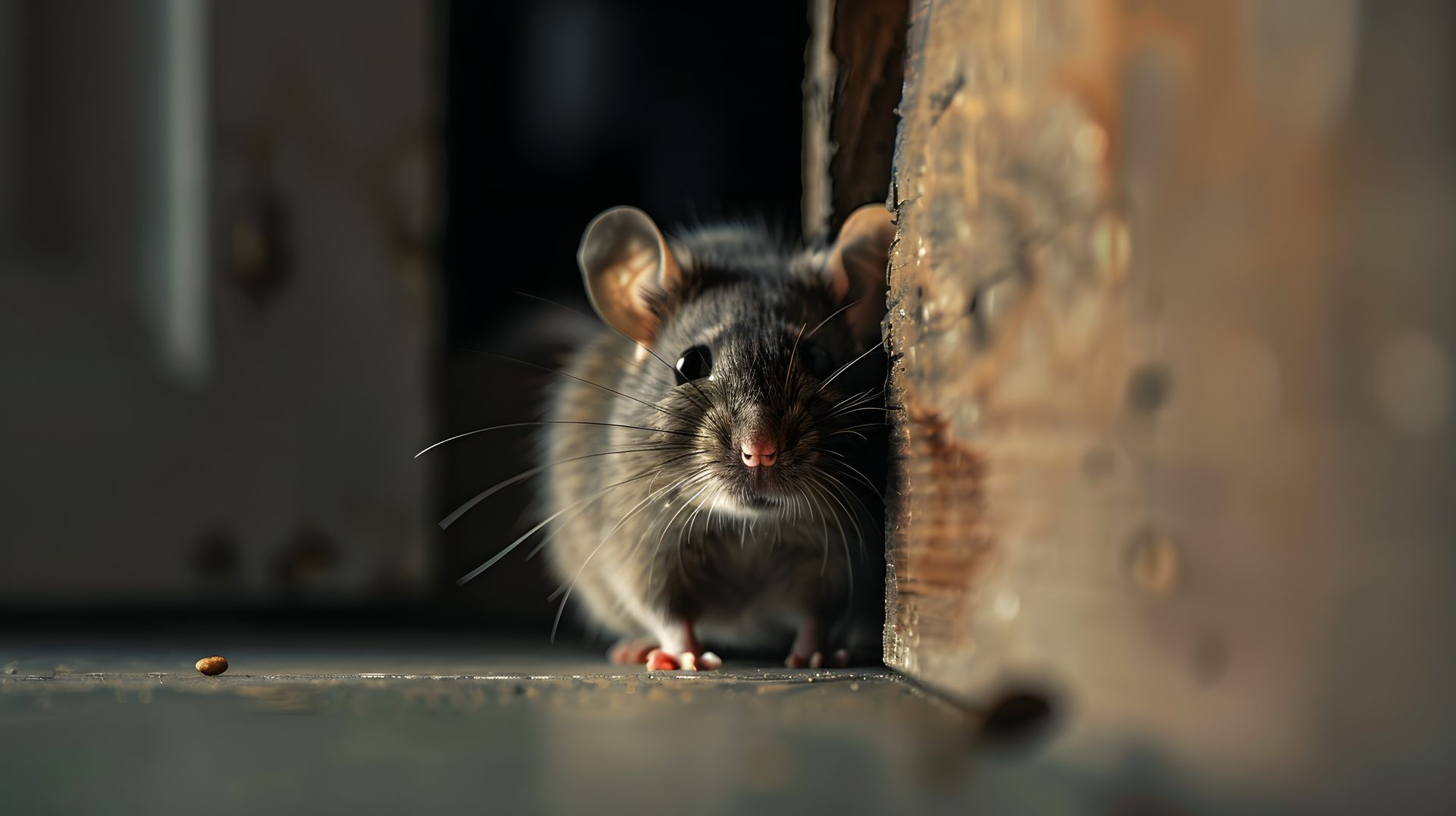
In the Lone Star State, with its dynamic weather conditions, natural disasters are an all-too-common occurrence. From hurricanes along the coast to severe storms, flooding, and even drought, these events can have unexpected effects on local ecosystems—including an increase in roof rat infestations. Roof rats, or Rattus rattus, are highly adaptive rodents that are especially adept at surviving and thriving in human environments. When natural disasters disrupt their usual habitats, roof rats seek new shelters, often infiltrating homes and buildings in search of safety, food, and water. This blog post delves into why natural disasters exacerbate roof rat problems, the warning signs of a roof rat infestation, and the importance of a professional roof rat removal service in Texas.
Understanding Roof Rats And Why They Thrive After Natural Disasters
Roof rats, also known as black rats or ship rats, are nocturnal rodents with a penchant for elevated spaces. They are smaller, sleeker, and more agile than Norway rats and are typically found nesting in attics, rooflines, or high-up areas of homes and buildings. Natural disasters force these opportunistic pests to search for safe shelters, with homes being an ideal refuge.
During hurricanes, floods, or wildfires, entire ecosystems can be disturbed or even destroyed. Roof rats that would normally reside in trees, tall grass, and other elevated areas are often left with nowhere to go, driving them to seek shelter in nearby homes. Texas is especially vulnerable to roof rat infestations during these events due to the state’s combination of climate, vegetation, and highly populated urban centers.
Why Roof Rats Flock To Homes During Natural Disasters
Natural disasters directly impact roof rat populations in Texas in several ways:
- Loss of Natural Shelter: Strong winds, floods, or fires can decimate trees, which serve as primary nesting areas for roof rats. When trees are destroyed or damaged, roof rats are forced to find new homes quickly, often targeting nearby buildings.
- Access to Food Sources: Natural disasters can disrupt food availability in the wild, leading roof rats to seek out human food supplies. Homes with poorly sealed food storage or accessible pet food become prime targets.
- Water Sources: Flooding or drought disrupts natural water supplies, making buildings with plumbing leaks or standing water appealing to roof rats.
- Elevated and Dry Locations: Roof rats seek high-up, dry places to avoid floodwaters, making attics, rooflines, and crawl spaces perfect new habitats.
After a natural disaster, many homes are left with open windows, damaged roofs, and other structural vulnerabilities that make it easy for roof rats to gain entry.
Signs Of A Roof Rat Infestation
Roof rat infestations can be difficult to identify, as these rodents are highly active at night and prefer to stay out of sight. However, there are several key signs that indicate roof rats may have taken up residence in your home: Learn more on Roof Rat Removal Service: Say Goodbye To Your Unwanted Houseguest.
- Nocturnal Noises: Roof rats are active at night. Homeowners often hear scratching, scurrying, or gnawing sounds coming from the attic or walls.
- Droppings: Roof rats leave small, dark droppings, usually around half an inch in size. These can often be found along walls, in attics, or near food sources.
- Grease Marks and Smudges: Roof rats have oily fur, which can leave smudges along their paths, especially on walls, beams, and entry points.
- Gnaw Marks: Roof rats gnaw on materials like wood, wires, and insulation. Damage to electrical wires, beams, or baseboards can be a sign of an infestation.
- Footprints and Tail Marks: Dusty areas can reveal small footprints and long tail drag marks left by roof rats.
If any of these signs are present, it’s important to take swift action, as roof rats can quickly establish colonies and cause significant property damage.
The Risks Of Roof Rat Infestations
Roof rat infestations bring a host of risks to homeowners, especially following natural disasters.
- Health Risks: Roof rats are known carriers of diseases such as leptospirosis, salmonella, and hantavirus. They can also introduce parasites, including fleas, mites, and ticks, which pose additional health risks.
- Structural Damage: Roof rats chew through wood, insulation, and wiring, potentially compromising the structural integrity of a home and increasing the risk of electrical fires.
- Contamination: Roof rats contaminate surfaces and food sources with their droppings, saliva, and urine, leading to unsanitary conditions and increasing the risk of foodborne illnesses.
Why Choose A Professional Roof Rat Removal Service In Texas
Attempting to handle a roof rat infestation alone can be challenging and ineffective, particularly when dealing with a post-disaster surge in roof rat activity. A professional roof rat removal service Texas is essential for several reasons:
- Expert Identification and Prevention: Professionals can accurately identify entry points, breeding areas, and potential attractants to prevent future infestations. They also understand the unique ways that roof rats infiltrate homes, especially after a natural disaster.
- Safe and Effective Removal: Roof rat removal involves the use of traps, repellents, and exclusion techniques that are best handled by experts. Rodent Retreat prioritizes humane and environmentally safe removal methods.
- Damage Repair and Exclusion: A professional service will often repair minor damage caused by rats, such as sealing entry points and replacing chewed insulation or wiring.
- Minimizing Health Risks: Handling roof rats and cleaning up contaminated areas pose health risks. Trained technicians have the equipment to safely clean and sanitize infested areas.
How To Protect Your Home from Roof Rats During Natural Disasters
There are proactive measures that can be taken to reduce the risk of roof rat infestations, especially when a natural disaster is anticipated:
- Seal Entry Points: Ensure that all entry points to your home, including gaps around windows, doors, rooflines, and eaves, are sealed tightly.
- Secure Food Sources: Store all food in sealed containers, and avoid leaving pet food or birdseed outside.
- Trim Trees and Shrubs: Roof rats use trees and shrubs as pathways to your home. Keep vegetation well-trimmed and away from the house.
- Maintain a Clean Yard: Remove any piles of debris, wood, or other materials that may serve as nesting areas for rats.
- Check for Roof Damage: After a storm or other natural disaster, inspect your roof for damage that could allow roof rats to enter. This includes checking for broken tiles, damaged flashing, or other openings.
How Roof Rat Removal Services Respond After Natural Disasters
Following a natural disaster, roof rat removal services in Texas are often in high demand. Here’s how these services typically respond:
- Rapid Assessments: Professional teams prioritize affected areas and offer prompt inspections to assess the extent of the infestation and identify critical entry points.
- Emergency Services: Some removal services offer emergency response options, allowing homeowners to quickly address infestations before they worsen.
- Targeted Treatments: Technicians implement targeted treatments using traps, repellents, and barriers to contain the infestation. In cases where infestations are extensive, follow-up visits may be scheduled to ensure thorough removal.
- Educational Guidance: Roof rat removal services often provide homeowners with guidance on preventing future infestations, from sealing entry points to maintaining proper sanitation practices.
Choosing The Right Roof Rat Removal Service In Texas
When choosing a roof rat removal service in Texas, consider the following factors:
- Experience and Licensing: Choose a service with a proven track record of effective rodent control and licensed technicians who understand the unique challenges of Texas’s climate and natural disasters.
- Humane Practices: Many homeowners prefer services that use humane removal methods, avoiding harmful poisons that can impact the surrounding environment and other wildlife.
- Prevention Plans: Some services offer long-term prevention plans that include periodic inspections and maintenance to keep roof rats at bay.
- Customer Reviews: Reviews and testimonials can give insights into a company’s reliability and effectiveness. Look for services with high ratings and positive feedback from past clients.
Conclusion
Natural disasters can unexpectedly heighten roof rat activity, causing significant stress and potential damage to Texas homes. Roof rats are highly resilient, and their adaptability makes them a challenging pest to control without expert assistance. A professional roof rat removal service in Texas is essential for homeowners, especially after natural disasters, to keep their homes safe, healthy, and rat-free. By taking proactive measures and enlisting expert help, you can protect your property from the unwelcome invasion of roof rats, even during the toughest times.
Call Rodent Retreat today!
